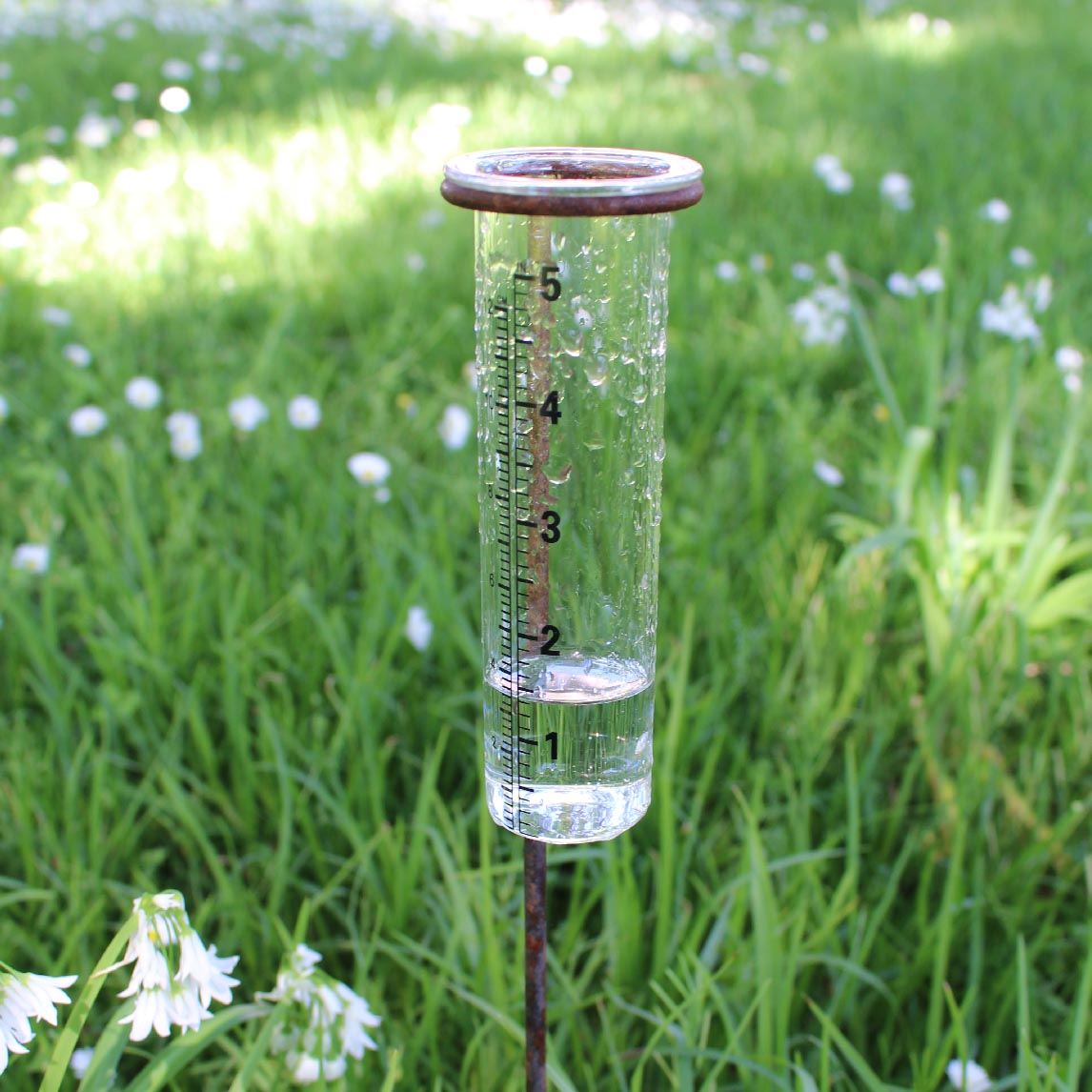How a Rain Gauge Can Boost Your Understanding of Local Environment Patterns
Introducing the Science Behind Rainfall Determines: Exactly How These Gadgets Play a Crucial Function in Environment Research and Ecological Monitoring
Rain determines, seemingly straightforward tools, hold an extensive value in the world of climate research and environmental surveillance. As we peel off back the layers of this scientific veil surrounding rain determines, we discover a globe where accuracy, data precision, and thorough monitoring converge to introduce a deeper understanding of our transforming climate and its impact on the world.
Relevance of Rain Scales
Rainfall evaluates play an important function in monitoring and determining precipitation levels, supplying essential data for environment research study and analysis. These devices are basic in quantifying the quantity of rainfall that takes place in a specific location over a particular period. By gathering and determining rainwater, rain determines offer beneficial understandings into the circulation and intensity of rainfall, assisting meteorologists, hydrologists, and climatologists in understanding climate patterns and trends.
One of the crucial reasons that rain gauges are crucial is their capacity to offer exact and local data. Unlike satellite or radar-based dimensions, which supply broader observations, rainfall determines deal specific info specific to the location where they are placed. This local data is important for different applications, consisting of flooding projecting, dry spell surveillance, and water resource monitoring. In addition, long-term information accumulated from rain determines assists in examining climate change effects and patterns, adding dramatically to clinical research and decision-making processes. Basically, rain determines act as crucial devices in the area of weather forecasting and ecological science, playing an important role in advancing our understanding of weather and environment characteristics.
Kinds Of Rain Gauges
Performance and Procedure
In the world of environment research and meteorological research studies, the performance of rain gauges lies in their elaborate performance and precise operational devices. Rain evaluates are developed to precisely measure the amount of precipitation that drops over a specific location during a set period.
The functionality of rain gauges is based upon the concept of collecting and determining rainwater in a standard fashion. This collected information is crucial for comprehending local weather condition patterns, tracking long-term climate trends, and analyzing environmental effects. To make certain precise dimensions, rain evaluates requirement to be tactically placed in open locations far from blockages such as structures or trees that might conflict with the collection process.
The functional aspect of rainfall gauges entails regular upkeep to protect against debris build-up, calibration checks to preserve dimension precision, and information taping for analysis (rain gauge). In general, the functionality and operation of rain assesses are vital for gathering trustworthy precipitation data essential to environment research and environmental tracking
Function in Climate Study
Provided the vital importance of exact rainfall measurements in comprehending weather condition patterns and ecological effects, the function of rainfall determines in environment research is indispensable. Rain evaluates provide crucial information for environment study by measuring the quantity of precipitation that falls over a specific area during an offered period. This data is important for checking lasting patterns in precipitation patterns, evaluating the impact of environment change on rains distribution, and boosting climate browse around here designs.

Environment scientists make use of data accumulated from rainfall evaluates to evaluate variations in rainfall degrees, identify regional climate fads, and review the effectiveness of water source monitoring techniques. By comparing historical rainfall data with present measurements, scientists can detect shifts in precipitation patterns, such as modifications in the frequency or strength of rains events. This information is crucial for recognizing how climate modification is affecting precipitation dynamics and can help policymakers make informed choices pertaining to adjustment and reduction methods.
Applications in Ecological Tracking

In flooding projecting, rain gauge information aids to track rains strength and distribution, enabling authorities to provide timely warnings and take essential actions to minimize flood dangers (rain gauge). Dry spell monitoring counts on rainfall scale information to examine moisture levels in the soil and track precipitation shortages, helping in the recognition of drought-prone locations and the implementation of drought feedback approaches
In addition, rain scale information plays an essential function in water source monitoring by giving details on water schedule and usage patterns. This information is used to make informed decisions relating to water allowance, preservation steps, and sustainable water source planning. In addition, in agriculture, rainfall scale information assists farmers in enhancing watering timetables, crop option, and overall ranch administration Click This Link techniques based upon local rainfall patterns. In general, rain gauges are essential devices in environmental monitoring, offering important insights that contribute to educated decision-making and lasting resource management.
Final Thought
In final thought, rainfall determines are crucial devices for determining precipitation, supplying valuable data for climate research study and environmental monitoring. With numerous types and functionalities, rainfall evaluates play a critical duty in understanding rainfall patterns and their influence on the environment. By accurately measuring rains, these gadgets add to the development of scientific knowledge and assistance in making informed decisions associated to water source management and disaster readiness.
Rainfall gauges play a vital role in tracking and determining precipitation levels, supplying necessary information for climate research study and evaluation. The basic rain gauge, known as the "tipping container" scale, is one of the most generally utilized gadgets. Ultrasonic rain assesses use sound waves to find the existence of rainfall, providing real-time information on precipitation levels.Climate researchers utilize data gathered from rain evaluates to evaluate variants in rainfall levels, identify regional climate patterns, and review the performance of water source administration strategies.In verdict, rain assesses are crucial tools for determining rainfall, providing beneficial information for climate research study and ecological surveillance.